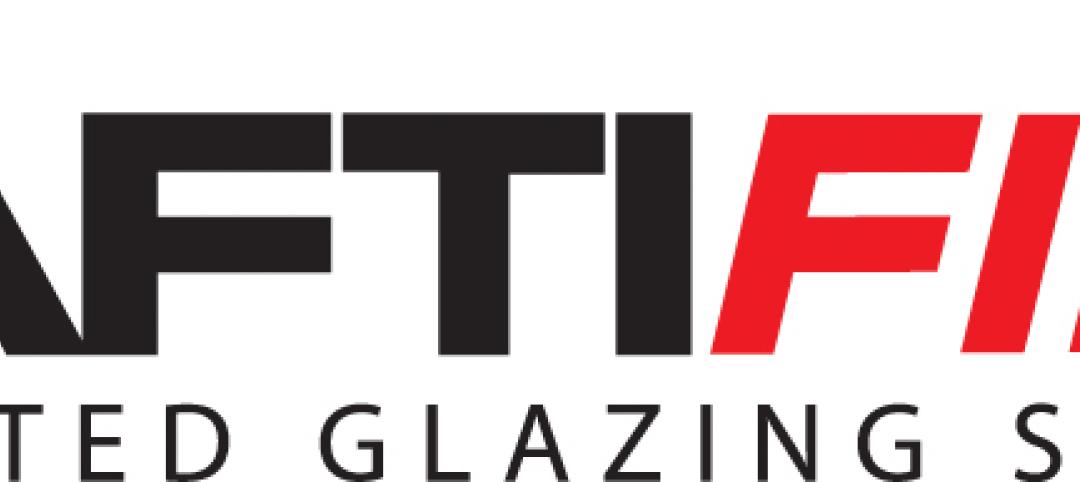The thought of walking along a five-foot-wide path coiled around the side of a mountain like a python on its prey while suspended 4,600 feet in the air is enough to make many people get a bit wobbly in the knees. But take that same path, and give it a clear glass bottom, and even those who deny a fear of heights may begin to sweat a little.
Well, now you don’t have to just imagine this path, you can experience it. The Coiling Dragon Cliff recently opened on Tianmen Mountain in the southern Chinese province of Hunan and offers tourists a chance to venture along a 100-meter-long, glass-bottomed walkway floating over a 4,600-foot drop.
In addition to surreal views of the surrounding mountainous landscape, the walkway overlooks Tongtian Avenue, a winding, 99-turn road weaving back and forth up the mountain. The new Coiling Dragon Cliff joins Zhangjiajie National Forest Park’s two other skywalks and the longest glass-bottomed bridge (1,410 feet) in the world.
If that still hasn’t satiated your inner daredevil, a cable car that picks people up at a nearby railroad and deposits them at the top of Tianmen Mountain, a ride totaling around 30 minutes from start to finish and one that is said to be the world's longest cable car ride, is also among the mountain's attractions.
Naturally, the first question that pops into most people’s minds with glass-bottomed structures is safety. And in an effort to prove just how safe these glass-bottomed structures are, park authorities deliberately cracked the glass of one of the bridge’s panels and drove a Volvo XC90, which has a curb weight around 4,300 pounds, over it.
They also treated the glass like a "Test Your Strength" carnival game and smashed it with sledgehammers. None of the tests resulted in completely breaking through any of the three layers of glass.
Related Stories
| Mar 1, 2012
AIA: A clear difference, new developments in load-bearing glass
Earn 1.0 AIA/CES learning units by studying this article and successfully completing the online exam.
| Feb 29, 2012
Report says BIPV glass market to reach $6.4 billion by 2016
The report analyzes the opportunities for BIPV glass products using c-Si, thin-film and OPV/DSC materials and provides eight-year forecasts in terms of MW and square footage shipped as well as forecasts of revenue generated.
| Feb 16, 2012
Summit Design + Build begins build-out for Emmi Solutions in Chicago
The new headquarters will total 20,455 sq. ft. and feature a loft-style space with exposed masonry and mechanical systems, 15 foot clear ceilings, two large rooftop skylights and private offices with full glass partition walls.
| Feb 2, 2012
Fire rated glazing helps historic university preserve its past
When the University embarked on its first major addition since the opening of Hutchins Hall in 1933, preserving the Collegiate Gothic-style architecture was of utmost importance.
| Dec 20, 2011
Aragon Construction leading build-out of foursquare office
The modern, minimalist build-out will have elements of the foursquare “badges” in different aspects of the space, using glass, steel, and vibrantly painted gypsum board.
| Dec 10, 2011
10 Great Solutions
The editors of Building Design+Construction present 10 “Great Solutions” that highlight innovative technology and products that can be used to address some of the many problems Building Teams face in their day-to-day work. Readers are encouraged to submit entries for Great Solutions; if we use yours, you’ll receive a $25 gift certificate. Look for more Great Solutions in 2012 at: www.bdcnetwork.com/greatsolutions/2012.
| Dec 10, 2011
Turning Balconies Outside In
Operable glass balcony glazing systems provide solution to increase usable space in residential and commercial structures.
| Dec 5, 2011
Summit Design+Build begins renovation of Chicago’s Esquire Theatre
The 33,000 square foot building will undergo an extensive structural remodel and core & shell build-out changing the building’s use from a movie theater to a high-end retail center.
| Dec 5, 2011
Fraser Brown MacKenna wins Green Gown Award
Working closely with staff at Queen Mary University of London, MEP Engineers Mott MacDonald, Cost Consultants Burnley Wilson Fish and main contractor Charter Construction, we developed a three-fold solution for the sustainable retrofit of the building.

















